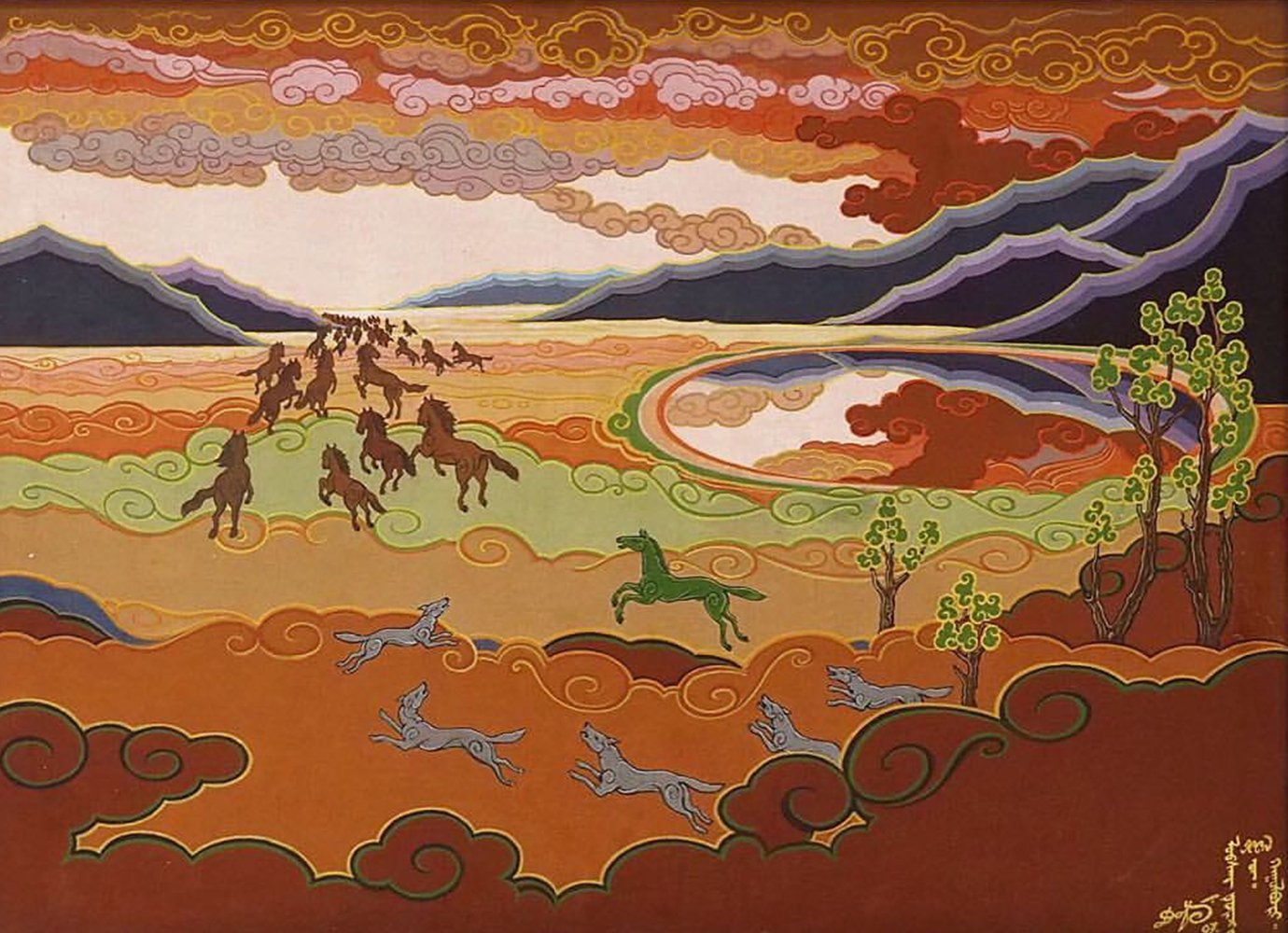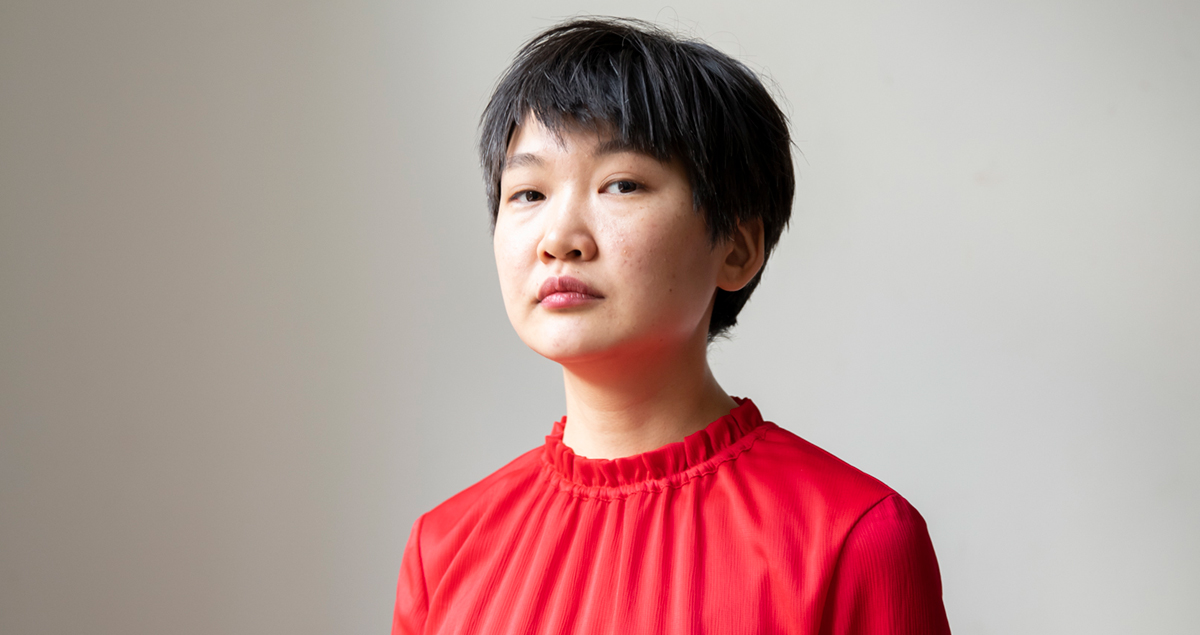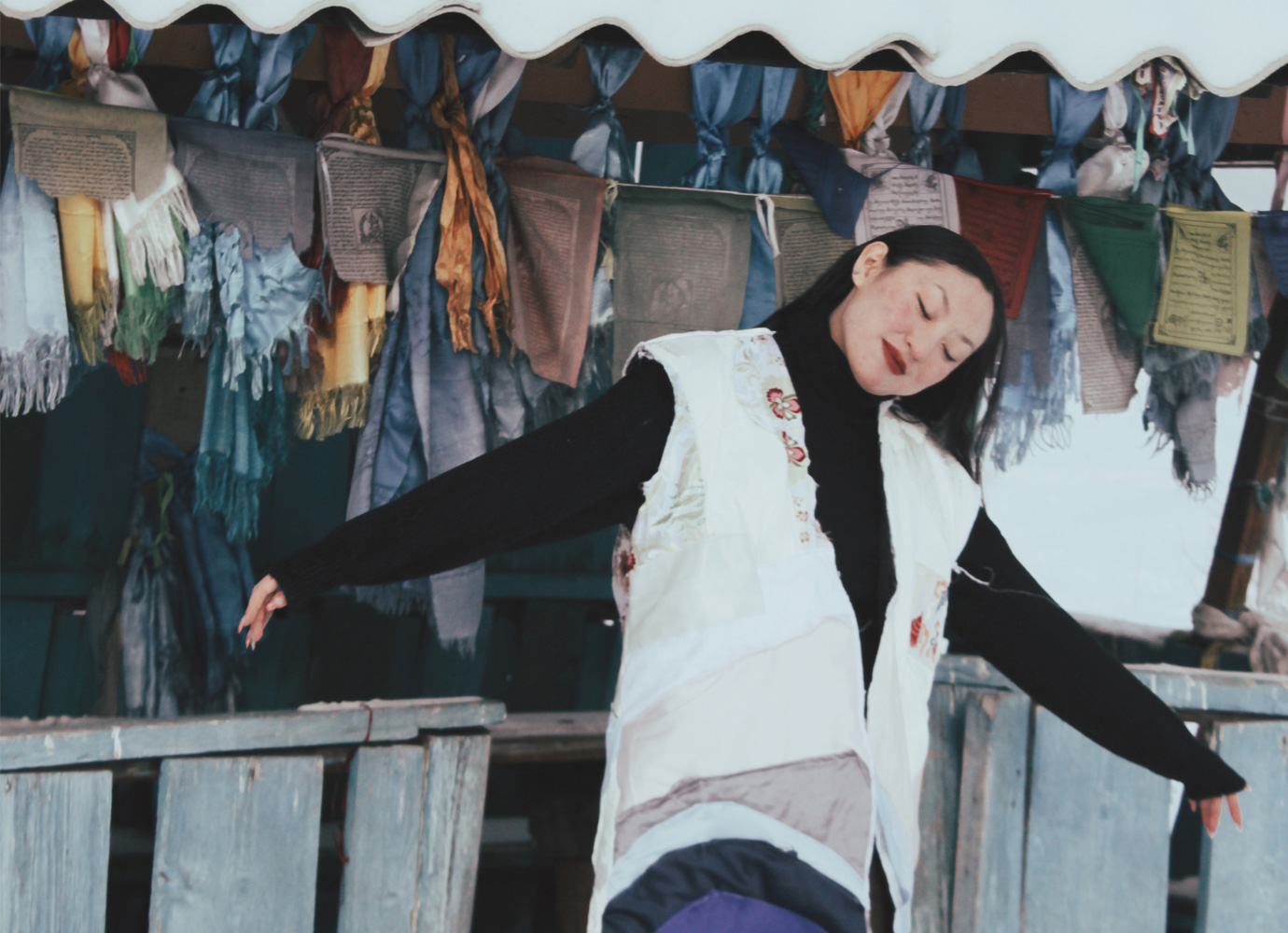The ‘Buryatologist’: dive into the rich history of Buryatia and Mongolia on Instagram

It was when Polish scholar Agnieszka Matkowska went on a language teaching programme near Lake Baikal in 2016 that she fell in love with local Buryatian culture. Embarking on a long-lasting research project, Matkowska eventually set up the Instagram account @theburiatologist, which is dedicated to documenting visual culture from Buryatia and neighbouring Mongolia.
Bordering Mongolia, the Russian Siberian highlands of Buryatia are populated largely by ethnic Buryats — one of the biggest Siberian ethnic group, alongside the Yakuts. Numbering about half a million people, the Buryats are Buddhists who are deeply bound with the culture and language of their neighbouring Mongolians. Originally, both Mongolian and Buryatian languages shared the same script, which the Soviets replaced with the Latin in 1926, and then the Cyrillic alphabet in 1939.
With the Buryatian language listed as being on the verge of extinction now, it was only natural that Matkowska put local oral traditions at the centre of her linguistic research. While most Buryat people speak Russian, Buryat language is preserved in more traditional contexts. For instance, shamans are “obliged to perform in the language of [their] ancestors,” Matkowska says. In order to increase the visibility of this endangered language, Matkowska herself also types in Buryatian in her Instagram Stories.
Beyond language, Matkowska was attracted to local Buryat stories, such as the Legend of Angara, the Daughter of Baikal. A tale of love, escape, and revenge, the story sees Lake Baikal portrayed as an angry father, and the Angara and Enisey rivers as star-crossed lovers. Having heard dozens of interpretations of the legend from both folklorists and ordinary people in Buryatia, Matkowska ended up translating and publishing the legend into her native Polish as part of a cross-cultural educational project.
Matkowska accessed the archives in both Mongolia and Buryatia. By sharing her extensive collection of archive footage and museum exhibits on Instagram, Matkowska spotlights important elements of local costume and provides a rare glimpse into the ceremonies and daily rituals that constituted the shared lifestyle of Buryatians and Mongolians before Soviet domination.
Among the account’s highlights are a poster for the 1989 exhibition of Buryatian art at the Asia and Pacific Museum in Warsaw. Also featuring are snapshots from the Polish edition of The Secret History of the Mongols, a medieval Mongolian literary volume. Photos of a 19th-century map of the route connecting Ladakh and Central Tibet, now at the British Library, also appear on the account.
The account is academic but also feels personal: Matkowska posts photos of handwritten notes on studying the Mongolian alphabet, travel pics, as well as live footage from a theatre play in Ulan-Ude. “When presenting things, I see them both in detail and from a larger perspective, always trying to embrace the Buryat perspective and my own experiences, both professional and personal.” Matkowska said.

